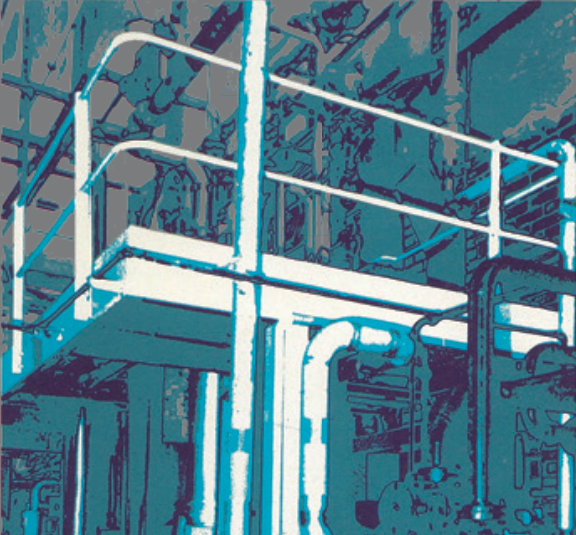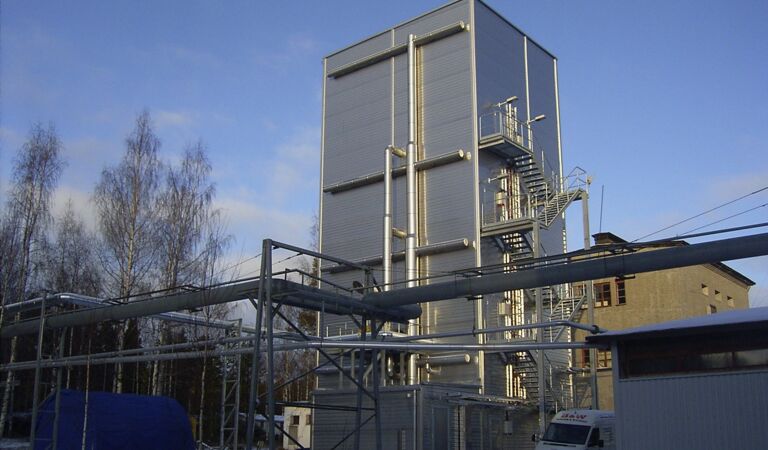-
Spent acids purification, de-nitration
-
Acids and solvents concentration
-
Fumes absorption
-
Waste water treatment
Liquid and gaseous effluents deriving from hazardous synthesis plants are critical for environmental problems and often can give decomposition and explosion; BOWAS is also experienced in the design and construction of plants for:
Absorption of nitrous gases (ABS)
Poisonous nitrous gases, NOx are formed in the production of nitric acid as well as in nitration and denitration processes and in the decomposition of nitrobodies.
Depending on the circumstances, several processes can be chosen for their treatment. Mostly, however, the NOx contained in the off-gases are further oxidated, thus producing 50% nitric acid. The subsequent cleaning step can be achieved either by oxidation or by means ofcatalytic reduction.
Nitirc acid with approx. 50-55% strength, depending on the concentration of the nitrous gases, is obtained and is of value for further use.
Sulfuric acid pre-concentration (SAPC) and
high concentration (SAHC)
Forced circulation vacuum evaporators which are extremely efficient, are used to recycle the 70% sulfuric acid and to achieve a concentration of 85%. In a subsequent step, it is also uitilzed for high concentration.
Corrosion resistant materials such as glass, enamel and tantalum were required and found for this process.
Under vacuum the acid boils under notably lower temperatures. The sulfuric acid is pumped into a circulation system with the heat exchanger placed on the lowest point. Evaporation only takes place in an overhead expansion tank thus preventing incrustation of the heating surfaces.
Denitration- nitric acid reconcentration (DENI)
The remaining mixed acid from the nitration process is diluted by the reaction water and contains also product residue. In the denitration unit, this waste acid is divided into its components: nitirc acid and 70% diluted sulfuric acid, the less stable nitrobodies being destroyed. Preferably, concentration of nitric acid is done in the same apparatus.This process is only possible if sufficient sulfuric acid has been added to the waste acid. This sulfuric acid can be reconcentrated (SAPC) in the internal circulation coupled to the DENI.
Product:
- HNO3 98%
- H2O4 70%
- nitrous gases
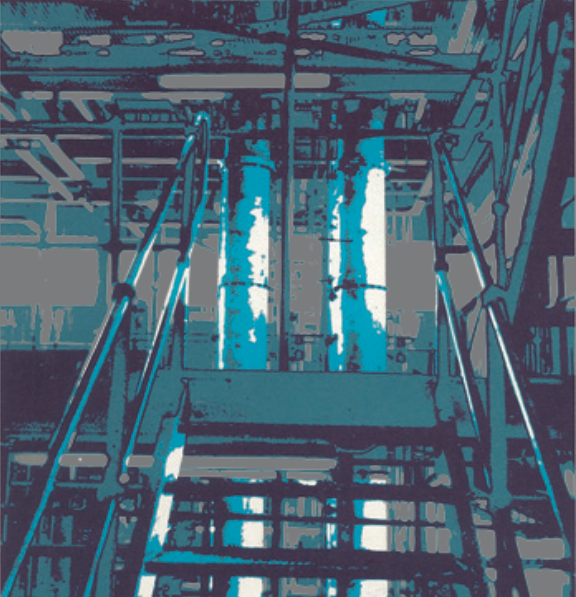
High Concentration of Nitric Acid
By means of the high concentration process, diluted or preconcentrated nitric acid is brought up to a 98-99% HNO content. The high concentration is reached by extractive distillation: Concentrated sulphuric acid, which is added to the nitric acid/ water mixture, as a third component, alters the vapour pressure/ relative volatility relationship which allows production of high concentration HNO by distillative means above the normal azeotropic point.
High Concentration of Suplhuric Acid
By means of the high concen- tration process, diluted or pre- concentrated sulphuric acid is brought up to a 96-97% HSO content. The high concentration takes place by rectification in columns with packing or bubble trays.
Water as the lower boiling constituent is evaporated and escapes from the top of the concentration unit.
The heavier, less volatile sulph- uric acid is kept boiling in con- centrated form in the concentra- tion boiler, where the acid is free of organic impurities.
Major problems:
Materials of construction with- stand the highly corrosive envi- ronment at the high temperature required.
Elimination of impurities and cor- rosive products.
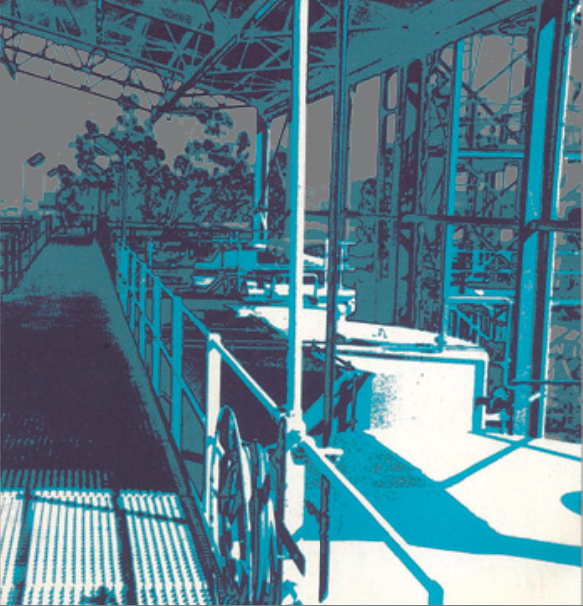
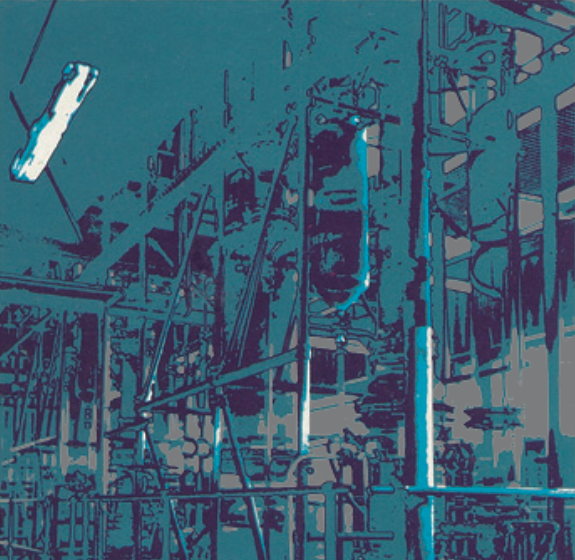
Denitration
Denitration is a process for purification of residual mixed acids, which contain as main constituents nitric acid, sulphuric acid, as well as quantities of nitrous acid and organic impurities such as nitro compounds, nitric acid esters and, of course, water. Such residual acids are fumed in the production of NG, NC, DNT, TNT etc.
In order to be able to re-concentrate the spent acid for further use the main components, nitric acid and sulphuric acid must first be separated from each other. This, so called denitration process is achieved by means of extractive distillation.
Major problems:
- Azeotropic point
- Intergration with sulphuric acid high concentration
- Destruction/removal of impurities
Nitrous Fume Absorption
Nitrous fumes occur as by-products e.g. in the nitration of organic compounds, in the decomposition of nitro-compounds of nitric acid, and in the denitration of spent-acids, vapours from acid reconcentration.
During absorption the major portion of the nitrogen oxides are oxidised by atmospheric oxygen. The higher oxides so formed dissolve in water and produce, by reaction, nitric acid.
Major problems:
- Corrosion
- Cooling
- Optimization of Pressure Temperature
- Apparatus Volume Control
